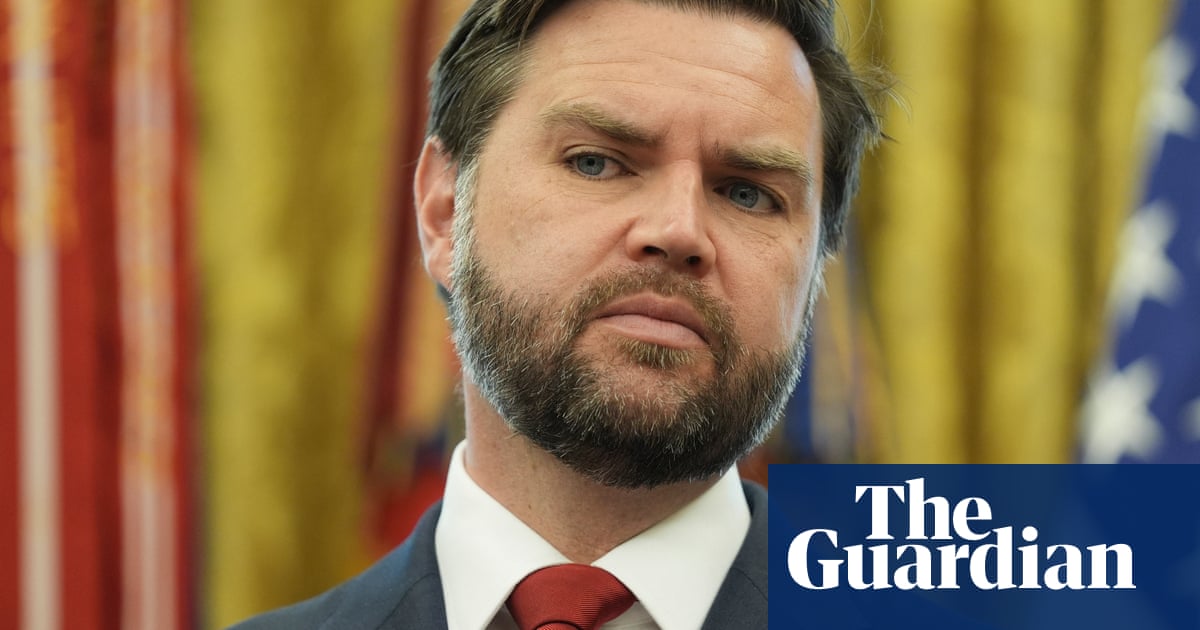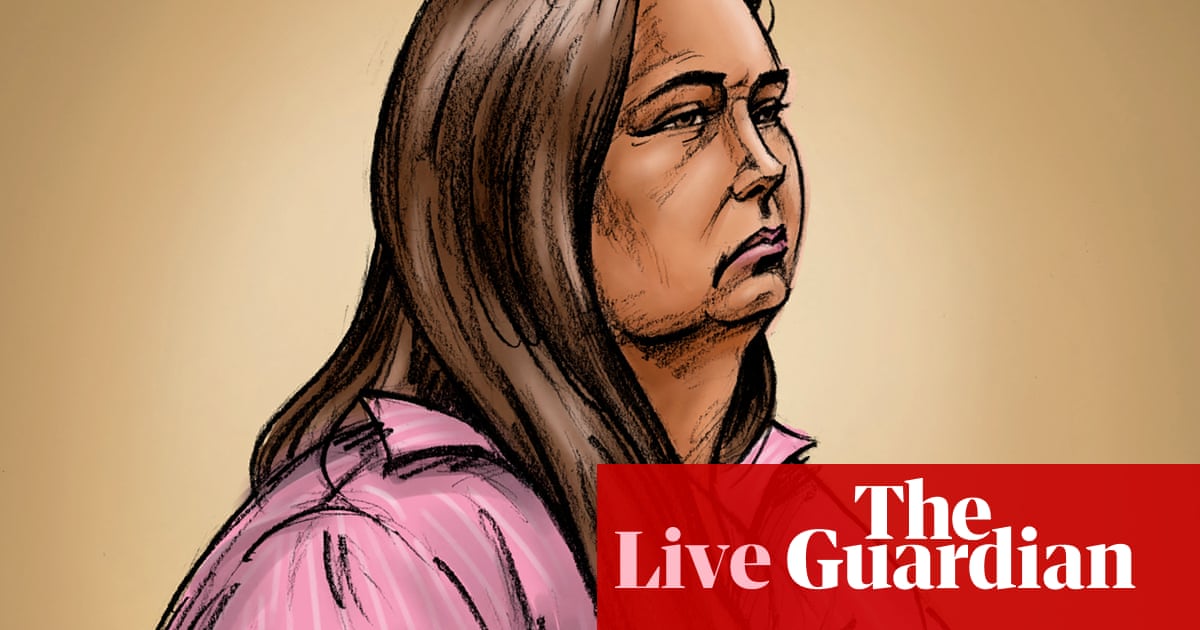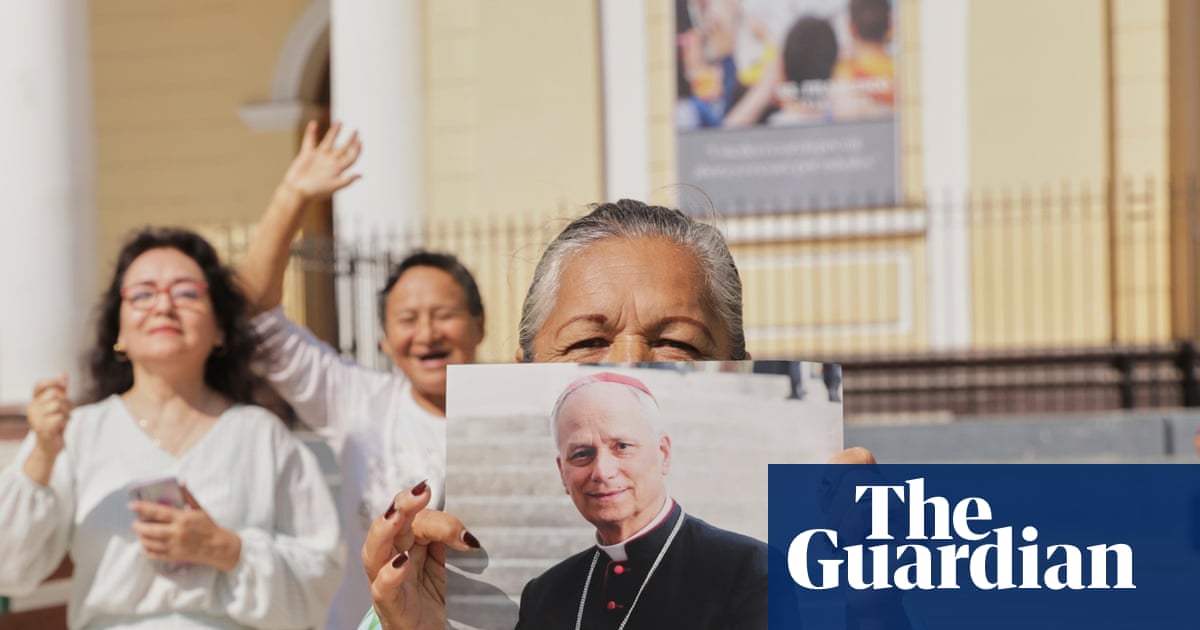It would take 100 years for the government to resolve the cases of the 7,000 asylum seekers living in Australia on bridging visas, Greens senator David Shoebridge estimates.
The group of 7,000 arrived in Australia by boat before 2013, when the Rudd government determined that no asylum seekers arriving by sea would be permanently resettled in Australia.
In 2014 the Abbott government established the “fast track” scheme to assess whether more than 30,000 asylum seekers could seek protection. About 19,000 passed and were then placed on temporary protection visas (TPVs) and safe haven enterprise visas (SHEVs), which advocates said left them in a permanent limbo.
Before the 2022 election, Labor promised to abolish the the TPV and SHEV visas and allow them to apply for a permanent Resolution of Status (RoS) visa.
However, about 7,000 asylum seekers got rejected through the fast track process.
Their only pathway to permanent status in Australia is through ministerial intervention by the home affairs minister, assistant immigration minister, and assistant minister for citizenship and immigration.
The intervention would allow those people to apply for permanent visas.
Figures released to the Guardian show that between July and 24 November, just 24 people have had their cases considered; 19 whose cases were intervened, and five were not.
At this pace, Shoebridge said it would take about a century to process the cohort, calling it a “farce”.
“That’s not a process, it’s a cruel hoax,” he said.
“People have to beg for justice at (home affairs minister Tony Burke’s) office, and that is so obviously unprincipled, unworkable and unfair.”
Upon allowing the 19,000 asylum seekers who had passed the fast track process to apply for RoS visas, the government had moved to abolish the immigration assessment authority who administered the scheme.
By abolishing the authority, that closed the path for the 7,000 rejected people to retry their cases. Ministerial intervention is now their only option to apply to stay in Australia.
after newsletter promotion
Human rights lawyer David Manne said the government needed to create additional pathways for the asylum seekers to find settlement solutions.
“It is demonstrably a monumental failure by successive governments because we still have 7,000 people in a state of perpetual limbo, all of whom were … subjected to an unfair process where they did not get a fair hearing of their case,” he said.
“And yet for most they remain in a legal black hole with no clear process in sight.”
One of the most high profile cases of this cohort was the Nadesalingam family. They got rejected by the fast track program and had been living in the regional town of Biloela on temporary visas.
After winning the 2022 election, Labor intervened to remove them from immigration detention and gave them a pathway to apply for permanent visas.
Manne said the abolishment of the immigration assessment authority, which had rejected the Nadesalingam family, showed the process was unfair and unjust.
“While the federal government’s TPV reforms have been transformative for around 19,000 people, lifting them out of a decade of cruel limbo, so many have been left behind and the reform is incomplete,” he said.
“Most were refused protection under a fundamentally flawed process, and a process this government has acknowledged was fundamentally flawed by abolishing it.”
The Guardian has contacted the office of home affairs minister, Tony Burke, for comment.










